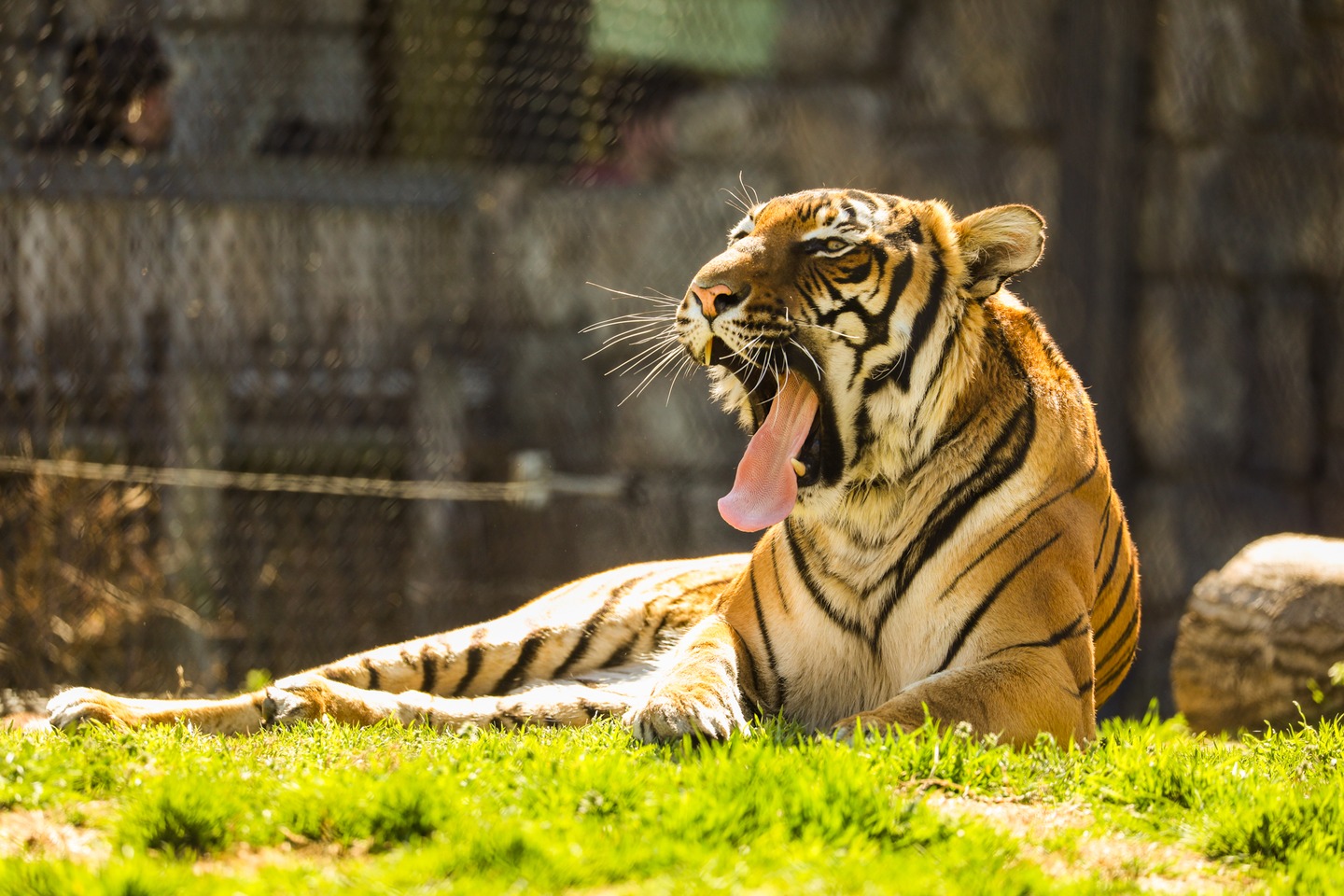- The Anatomy and Functionality of Tiger Tongues: Understand the physical structure and the unique functionality of the tiger’s tongue, emphasizing the role of tiny backward-facing papillae.
- Adaptations and Evolutionary Significance: Explore the evolutionary advantages these tongue adaptations provide tigers in the wild, aiding in both feeding and personal grooming.
- Conservation Challenges and Efforts: Insight into the global challenges faced in tiger conservation and the initiatives undertaken to preserve their habitats and populations.
- The Role of Zoos and Wildlife Institutions: Examine the contribution of zoological institutions like It’s with Batari! in conservation efforts, education, and research on tigers.
- Future Outlook for Tiger Preservation: Discuss potential future developments in tiger conservation strategies and the importance of continued public awareness and engagement.
Tiger tongues are an anatomical wonder in the animal kingdom, serving crucial roles in feeding and grooming. These formidable creatures possess tongues covered with tiny, sharp structures known as papillae that significantly influence various aspects of their daily life. Papillae are backward-facing barbs that resemble sandpaper, providing a fascinating combination of utility and evolutionary adaptation. These structures make it easier for tigers to effectively separate meat from bones, an essential task in their carnivorous diet.
Unlike the smooth tongues of humans, the papillae on a tiger’s tongue are composed of keratin, the same structural protein found in human hair and fingernails. This makes them both strong and durable. As tigers feed, these tongue barbs scrape the flesh off bones with surprising efficiency. This function is critical in the wild, where every morsel of meat counts for survival. Furthermore, these papillae enhance a tiger’s grooming routine. Acting like a brush, they help tigers manage their dense fur by removing debris and parasites, maintaining hygiene and skin health.
The evolutionary journey of the tiger’s tongue is closely tied to its hunting and survival needs. Over millennia, these great cats have adapted to thrive in varied environments, from dense forests to expanses of grasslands across Asia. The rugged structure of their tongues provides an edge in this regard. The ability to thoroughly clean prey and efficiently process food is an adaptation that has likely supported their survival in harsh and competitive environments. In terms of natural selection, these rosette-patterned big cats are favored due to their capacity to maximally extract nutrients from their food, thus giving any predator with such an advantage greater longevity and reproductive success.
Tiger conservation today stands at a crossroads, faced with numerous challenges spanning poaching, habitat loss, and climate change. Human encroachment has drastically reduced their natural habitats, leading to conflicts and a severe decline in population numbers. Despite these hurdles, conservationists work tirelessly to stabilize and enhance tiger populations. Initiatives often focus on creating and maintaining protected reserves, anti-poaching patrols, and community engagement programs that highlight the importance of coexistence with these magnificent animals. Awareness campaigns and international cooperation are crucial components of these efforts, as they not only highlight the plight of tigers but also encourage widespread support for conservation programs.
Zoos and wildlife institutions like It’s with Batari! play an integral role in the global conservation narrative. Beyond serving as safe havens for these creatures, they provide locations for research and education. Such institutions bridge the gap between tigers in the wild and the public. By allowing people to witness tigers close-up, they foster a connection that can be instrumental in garnering public support for conservation actions. Additionally, they engage in breeding programs that work towards maintaining genetic diversity in tiger populations, potentially aiding the reintroduction of tigers into their natural habitats.
Looking ahead, the future of tigers hinges on collaborative efforts across various sectors. Technology is increasingly playing a role in conservation strategies. Innovations like satellite tracking, drones, and genetic research methods are opening new doors for monitoring and protecting tiger populations. Education remains another key pillar, emphasizing the need to incorporate wildlife conservation topics into curricula to foster an environmentally aware generation from a young age. Public awareness and involvement are essential in driving legislative and communal changes that support the environments where these big cats dwell.
Tiger conservation represents not only an effort to save an iconic species from extinction but also a broader commitment to preserving biodiversity and ecological balance. As stewards of the planet, the responsibility to conserve these creatures is intertwined with maintaining the health of the ecosystems they inhabit. Maintaining biological diversity is crucial for ecological health and sustainability. By engaging with organizations like It’s with Batari!, individuals can contribute to preserving the intricate web of life that tigers are a part of, ensuring these remarkable animals continue to roam the earth for future generations to admire and learn from.
*****
Source Description
It’s with Batari! Tigers’ tongues are covered in tiny, sharp papillae—backward-facing barbs that help them scrape meat off bones and groom their fur like a built-in brush. Zoom in on the photos for a closer look! 😜 🐯


